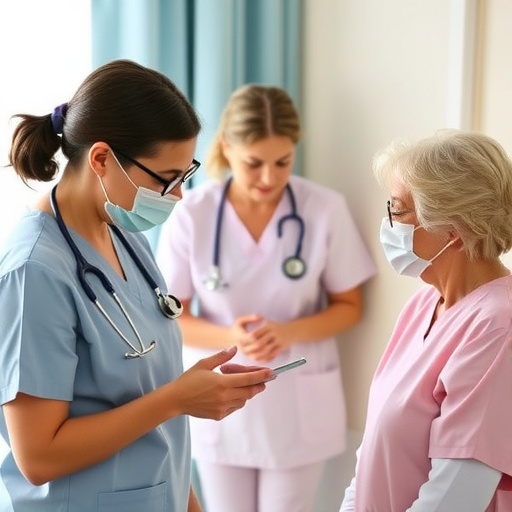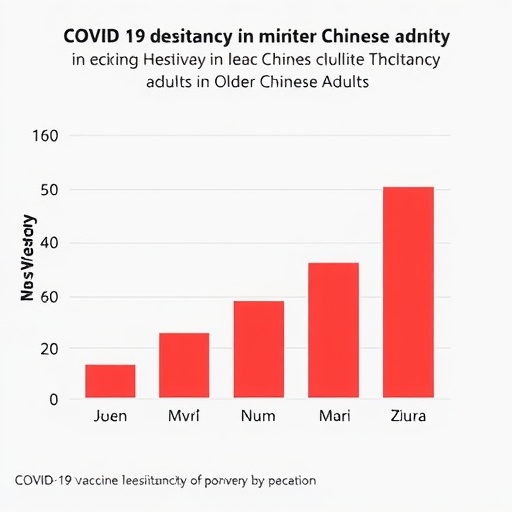WiFi-based software stresses individual privacy in digital contact tracing

Credit: UMass Amherst
AMHERST, Mass. – Researchers at the Center for Smart and Connected Society at the University of Massachusetts Amherst recently released a new digital contact-tracing technique that is based on widely-deployed Wi-Fi technology. They intend the open-source software tool to help universities and colleges deploy campus contact tracing as students return under special pandemic management rules this fall.
The project is led by the center’s director, Prashant Shenoy, a professor and associate dean of the College of Information and Computer Sciences, based on doctoral thesis work performed by his student Amee Trivedi. The project also had support from Peter Reinhart, director of UMass Amherst’s Institute for Applied Life Sciences.
Public health planners at UMass Amherst are very interested in the software and they are exploring how it may be used in the future to enhance contact-tracing capabilities.
As Shenoy explains, “Unlike Bluetooth-based approaches that require a critical mass of adoption to be effective, WiFi-based contact tracing can be easily deployed by health professionals at universities using our software, without requiring students to install an app on their phone.” He and Trivedi say they paid very careful attention to privacy concerns during WiFiTrace’s development, so data remains anonymous until people seeking health care provide consent for it to be used.
Shenoy explains that for security reasons such as countering cyberattacks or for network performance optimizations, many colleges and universities already gather monitoring data at their WiFi access points across campus. This data, when used with the WiFiTrace software, can be analyzed for contract tracing purposes by health professionals on campus, after receiving a student’s permission. In combination with the standard contact tracing interview process, WiFiTrace can be used by health professionals to reconstruct locations visited across campus for a period leading up to their illness.
Shenoy points out, “Contact tracing has always been done with manual methods and interviews until now. We are offering health professionals an additional source of information, that is, what you can infer from WiFi logs. People must give permission to search those logs to trace them.” The new software only applies to very specific situations and is entirely confidential and voluntary, he adds.
Trivedi recalls how this idea began in 2016 when she and Shenoy, began a project for her doctoral work exploring the use of WiFi data logs for building occupancy detection. The idea was to help managers program heating, ventilation and air conditioning systems to save energy and provide user comfort.
“Since then we’ve had a meningitis outbreak and a couple of flu seasons, so we began learning how to use WiFi log data for contact tracing during an outbreak,” she notes. “As universities move forward with fall reopening this year, we hope WiFiTrace will be a useful tool for health professionals to add to their contact tracing efforts to manage the early spread of COVID-19 on college campuses.”
Trivedi’s ongoing research at UMass Amherst’s College of Information and Computer Sciences focuses on understanding human and device mobility dynamics with applications to health.
She points out that WiFiTrace is complementary to Bluetooth-based contact tracing apps and not meant to replace them. WiFi systems “work on the network side,” she explains, so users do not need to install apps or take any special actions. By contrast, Bluetooth-based apps must be installed on a user’s phone and go through a series of approvals to be used, but can have an impact on battery life, she notes.
###
Media Contact
Janet Lathrop
[email protected]
Original Source
https:/




